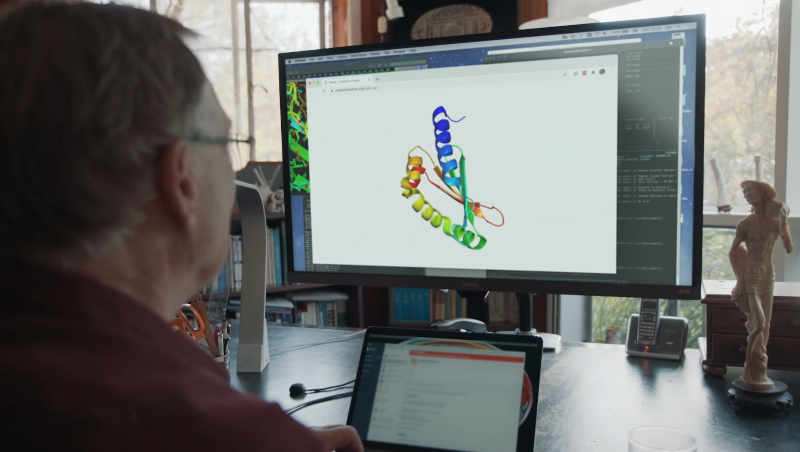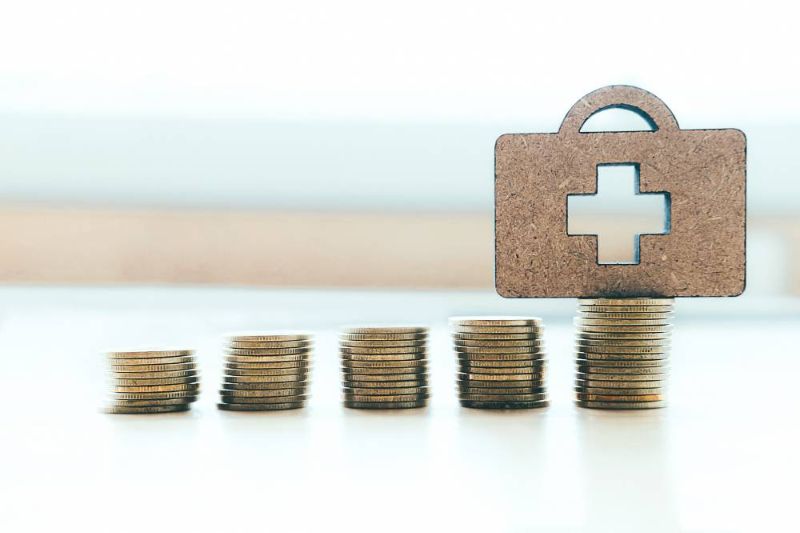Credit:GDF11 promotes wound healing in diabetic mice via stimulating HIF-1ɑ-VEGF/SDF-1ɑ-mediated endothelial progenitor cell mobilization and neovascularization
Diabetes mellitus (DM) is a chronic metabolic disorder characterized by hyperglycemia and associated with numerous complications, including cardiovascular disease, nephropathy, and neuropathy. One of the most serious complications of DM is impaired wound healing, particularly in the form of chronic, non-healing cutaneous wounds. These wounds, often referred to as diabetic foot ulcers (DFUs), pose a significant clinical challenge due to their high incidence, prolonged healing time, and increased risk of limb amputation. The pathophysiology of diabetic wounds is complex and multifactorial, involving impaired angiogenesis, dysregulated inflammation, and altered extracellular matrix remodeling. The development of effective therapeutic strategies for diabetic wounds remains a pressing clinical need.
The study conducted by Zhang et al. investigated the role of growth differentiation factor 11 (GDF11) in diabetic wound healing (DWH). The research employed a comprehensive approach, utilizing various experimental models and techniques to explore the cellular and molecular mechanisms underlying GDF11’s action on DWH. The study demonstrated that GDF11 effectively accelerated the healing process of full-thickness skin wounds in both Type 1 and Type 2 diabetic mice by promoting neovascularization and enhancing the mobilization and homing of endothelial progenitor cells (EPCs). The study also revealed that GDF11 deficiency contributed to the non-healing nature of diabetic wounds, suggesting its potential as a therapeutic agent for treating non-healing diabetic wounds.
The research journey began with the development of a mouse model of Type 1 diabetes mellitus (T1DM) induced by streptozotocin (STZ). The efficacy of recombinant human GDF11 (rGDF11) was confirmed by observing the activation of Smad2/3 in human umbilical vein endothelial cells (HUVECs). A wound was then created on the dorsal skin of each mouse, and the healing process was monitored over time. The study demonstrated that topical application of rGDF11 significantly accelerated the healing process of both T1DM and Type 2 diabetes mellitus (T2DM) mice, as evidenced by reduced wound size and faster wound closure. Histological analysis further confirmed the enhanced granulation tissue deposition and neovascularization in wounds treated with rGDF11 compared to control groups.
To elucidate the mechanisms underlying GDF11’s action on DWH, the study investigated the role of neovascularization, a crucial step in wound healing. Histological analysis, immunostaining, MicroPET/CT imaging, and chick chorioallantoic membrane (CAM) assays all demonstrated that rGDF11 promoted neovascularization in diabetic wounds. The study also explored the role of EPCs, which are key players in neovascularization. Flow cytometry analysis and immunofluorescence staining revealed that rGDF11 increased the number of circulating and homing EPCs in diabetic wounds. Transwell assays and Matrigel assays further confirmed that rGDF11 enhanced EPC migration and tube formation, indicating its crucial role in promoting neovascularization.
The study then delved into the molecular mechanisms underlying GDF11’s angiogenic potential. It investigated the role of hypoxia-inducible factor-1 alpha (HIF-1α), a master transcription factor involved in wound healing and vascular remodeling. qRT-PCR, Western blotting, and immunofluorescence analysis demonstrated that rGDF11 upregulated the expression of HIF-1α, VEGF, and SDF-1α in diabetic wounds. The study employed a HIF-1α inhibitor, PX-478, to verify the role of HIF-1α in mediating the DWH-promoting action of GDF11. The results showed that PX-478 inhibited the wound healing-promoting effects of rGDF11, confirming the crucial role of HIF-1α in this process.
The study further explored whether GDF11 deficiency was a causal factor for the non-healing nature of diabetic wounds. It investigated the expression of endogenous GDF11 (eGDF11) in diabetic wounds and found a significant downregulation of eGDF11 mRNA and protein levels. To clarify the role of eGDF11 in wound healing, the study employed loss-of-function approaches. Topical application of a GDF11 antibody and AAV8 virus containing small guide RNA directed to GDF11 (AAV8-sgGDF11) both delayed the healing process of diabetic skin wounds, indicating that eGDF11 deficiency contributed to the non-healing nature of diabetic wounds. The study also employed GDF11 siRNA to silence eGDF11 expression in HUVECs and confirmed that silencing of eGDF11 reduced the expression of HIF-1α and VEGF, and weakened the migration and tube-forming ability of EPCs.
In conclusion, the study provided strong evidence supporting the role of GDF11 in promoting diabetic wound healing. The study demonstrated that GDF11 effectively accelerated the healing process of full-thickness skin wounds in diabetic mice by promoting neovascularization and enhancing the mobilization and homing of EPCs. The study also revealed that GDF11 deficiency contributed to the non-healing nature of diabetic wounds, suggesting its potential as a therapeutic agent for treating non-healing diabetic wounds. The study uncovered a novel mechanism of GDF11 in promoting diabetic wound healing, involving the stimulation of HIF-1α and the subsequent upregulation of VEGF and SDF-1α, leading to enhanced EPC mobilization and neovascularization. These findings provide valuable insights into the pathophysiology of diabetic wounds and open up new avenues for the development of effective therapeutic strategies for this challenging condition.
Reference:
Zhang Y, Zhang YY, Pan ZW, Li QQ, Sun LH, Li X, Gong MY, Yang XW, Wang YY, Li HD, Xuan LN, Shao YC, Li MM, Zhang MY, Yu Q, Li Z, Zhang XF, Liu DH, Zhu YM, Tan ZY, Zhang YY, Liu YQ, Zhang Y, Jiao L, Yang BF. GDF11 promotes wound healing in diabetic mice via stimulating HIF-1ɑ-VEGF/SDF-1ɑ-mediated endothelial progenitor cell mobilization and neovascularization. Acta Pharmacol Sin. 2023 May;44(5):999-1013.








Post comments